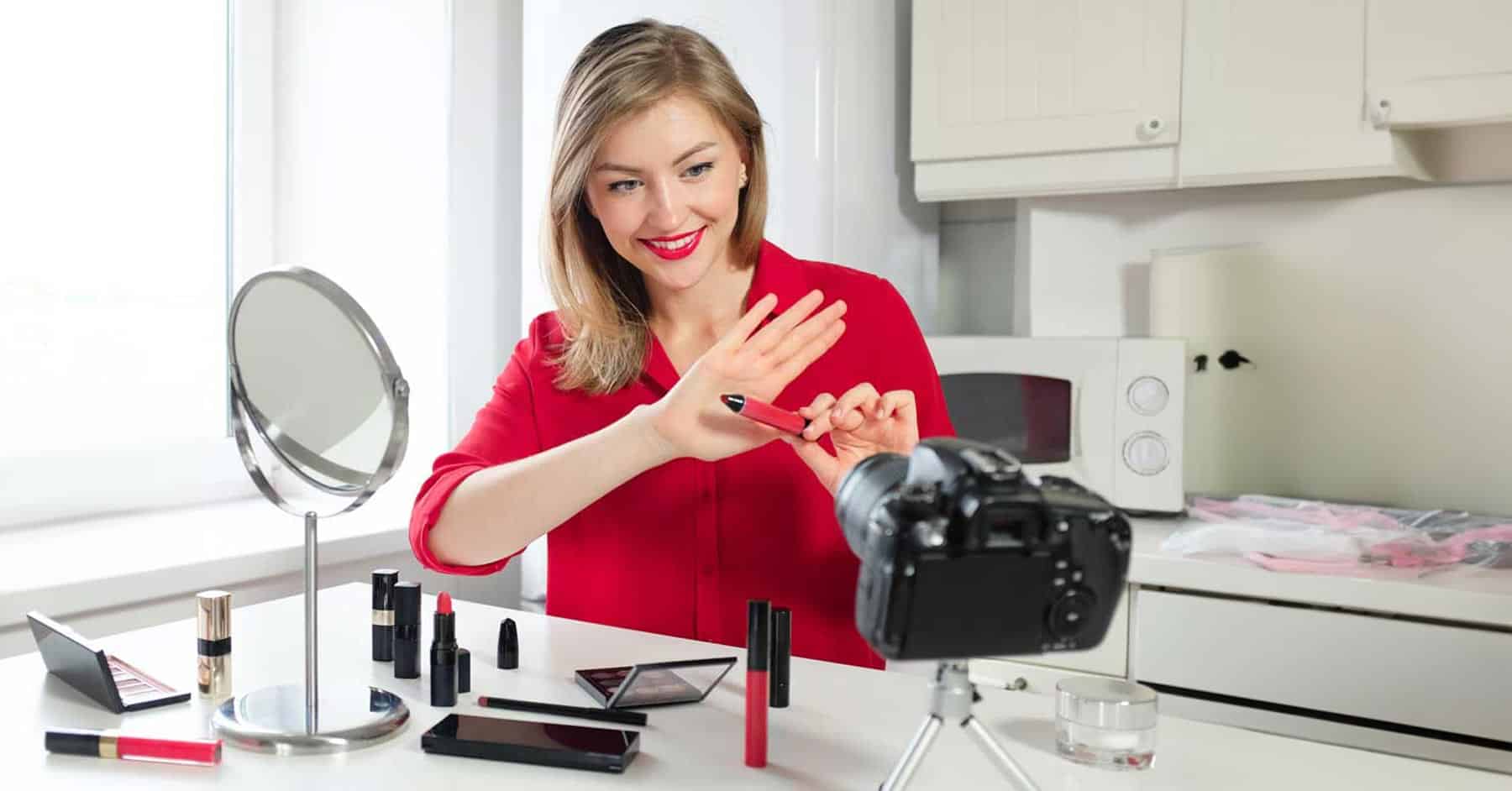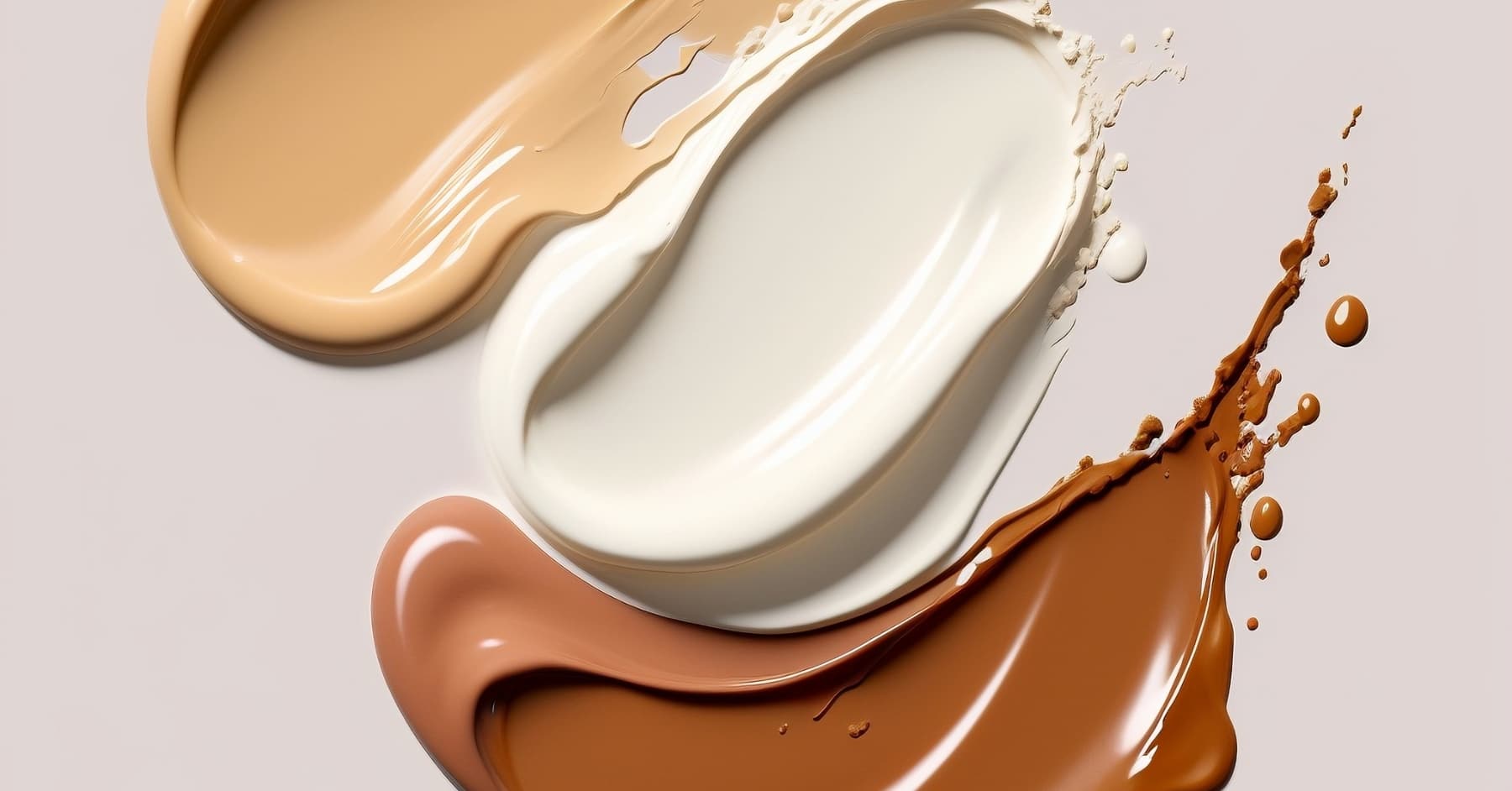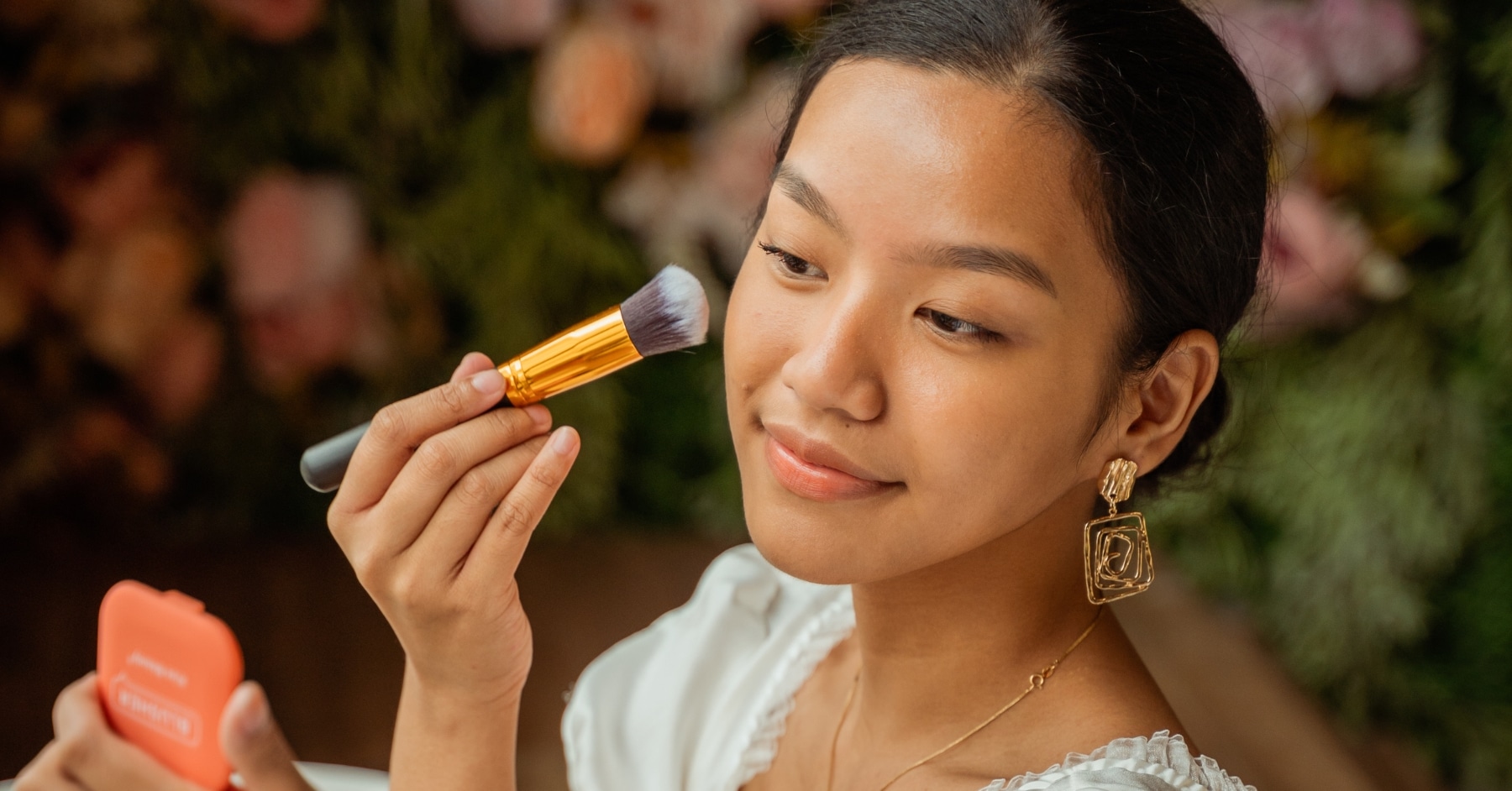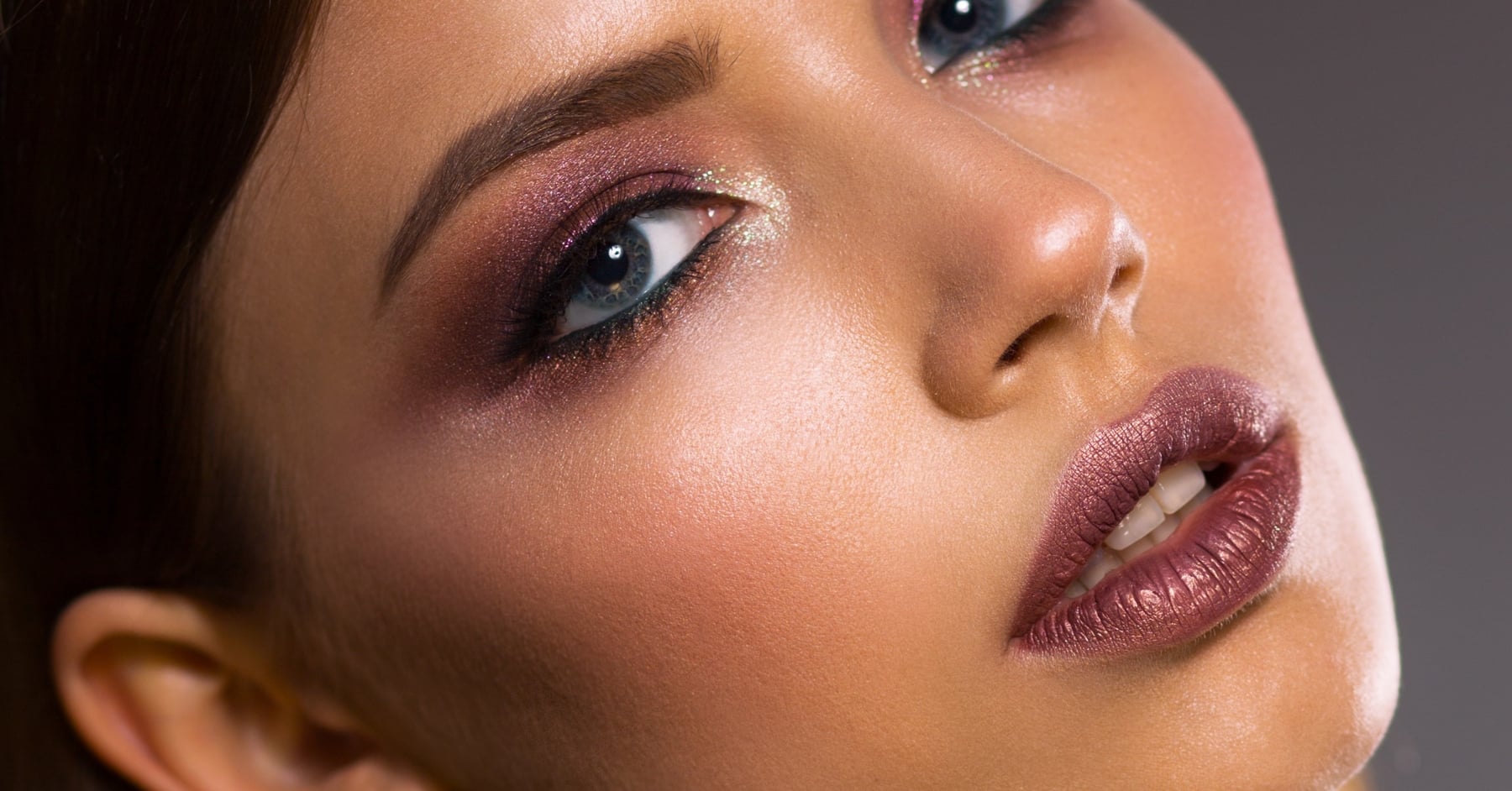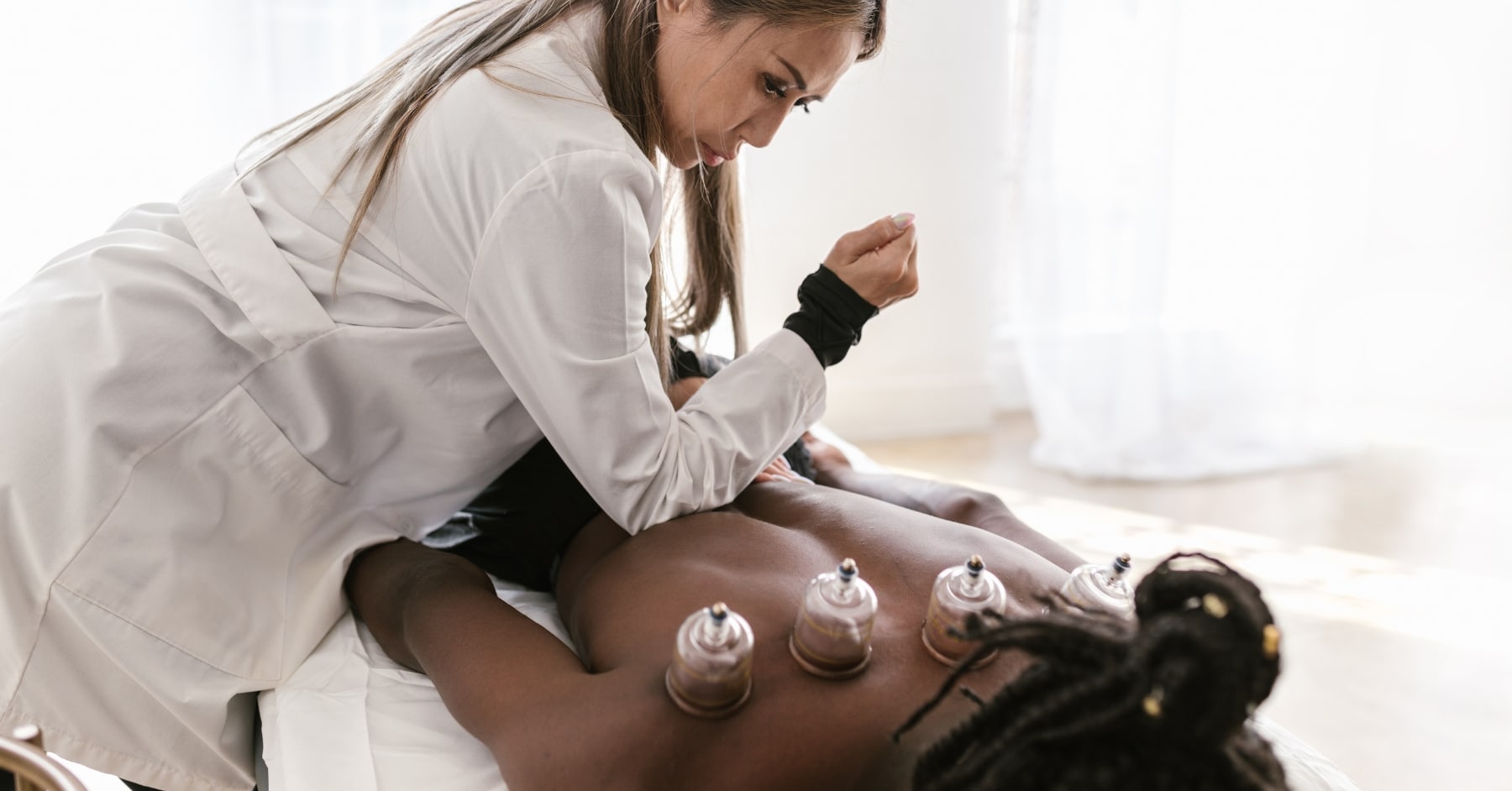It took my TikTok algorithm about three whole videos to clock the fact that I am into fashion. All it took was one little #OOTD and one like left on a video of a cool eyeshadow look, and immediately, my feed was transformed into a consumerist’s wonderland. Buy this! Buy that! Everyone’s into jorts! Wait no—now it’s the Puma Speedcat—oh wait—it’s jorts and the Puma Speedcat together. And don’t forget the soccer jersey and the Vivienne Westwood jewellery—that’s what all the cool kids are wearing right now.
Being interested in fashion and beauty as a hobby can sometimes feel a bit demotivating. On one hand, they can be beautiful avenues for the expression of art, individuality and identity. The clothes you wear signal who you are, who you want to be, the people you want to hang out with, or the aesthetic sense you’re cultivating. Doing self-care routines on your skin and practising the art of makeup can make you feel confident and ready to take on the world; it can be therapeutic and calming when you’re going through a stressful period of life.
But on the other hand, fashion and beauty—perhaps more so than other hobbies—are pastimes rife with the potential for rampant overconsumption. On average, we wear each item of clothing only seven times before throwing it into landfill, and according to research from beauty giant Olay, up to 80% of our beauty products lie unused in our drawers, only to be eventually thrown out once they’ve reached their expiry dates. Yet, the fashion (particularly fast fashion) and beauty industries are reliant on continuous consumption, and advertising companies know it—social media feeds push people to buy new things constantly, and this results in products only being used briefly before being thrown away.
So how can we engage ethically with fashion and beauty, appreciating their artistic and aesthetic elements, without contributing to a global crisis?
Shop with intention and longevity in mind
To be clear, there is nothing wrong with shopping. Many people who encourage ethical consumption also encourage people to stop buying new clothes altogether, but this isn’t necessarily a realistic lifestyle change for everyone, and also undermines the importance of fashion as an art form and a genuine outlet for personal expression.
The important thing is to shop with intention and try to find pieces that will remain in your wardrobe for longer than a brief couple of months or years. This means avoiding hopping on transient trend cycles to get the most hyped item, especially if that item isn’t something you see yourself wearing at least more than seven times.
Prioritise Personal Style
Find clothes and accessories that suit your personal style, and learn from your past purchases—if you bought a shirt in brat green years ago and it doesn’t flatter your skin tone, don’t buy more clothes in that colour just because Charli XCX made it popular. Go for quality over quantity—if you have a $100 budget to spend, avoid buying ten cheap items that will fall apart within three washes, in favour of one quality item that suits your personal style and can become a staple of your everyday wardrobe for years to come.
Don’t fix what isn’t broke
Similarly, unless you have a really good reason for it, there’s no real need to buy items of clothing that are very similar to each other, or change up your skincare routine if what you’re doing works for you already. Think about it—if you’re using a foundation with a formula you like, that doesn’t break you out and suits your undertone well, do you really need to buy the brand new drop from the latest celebrity make-up brand just because an influencer was paid to promote it?
In the beauty space, companies often sell us a narrative of infinite improvement, implying that there is always something that will give us better results or a better experience, but often, something familiar that you’re used to, that does the job, simply does not need to be improved. For sure, there are genuine innovations like the invention of the Beauty Blender or Fenty’s initial offering of 40 foundation shades—groundbreaking at the time—but if something is simply a variation of a product you already have that works well, think about if you really need something better, or if you’re just clicking buy because it’s shiny and new.
At the end of the day, fashion and beauty are deeply intertwined with demand trends and product waste, and although companies can try to take advantage of infinite consumerism, there are ways to engage with these hobbies and appreciate the artistic value and fulfilment they bring to your life, while still retaining a sense of ethical integrity. Before making an impulse buy, remember to take a step back, take a deep breath, and ground yourself—who knows, it might even deepen your connection to your hobby in the end.
